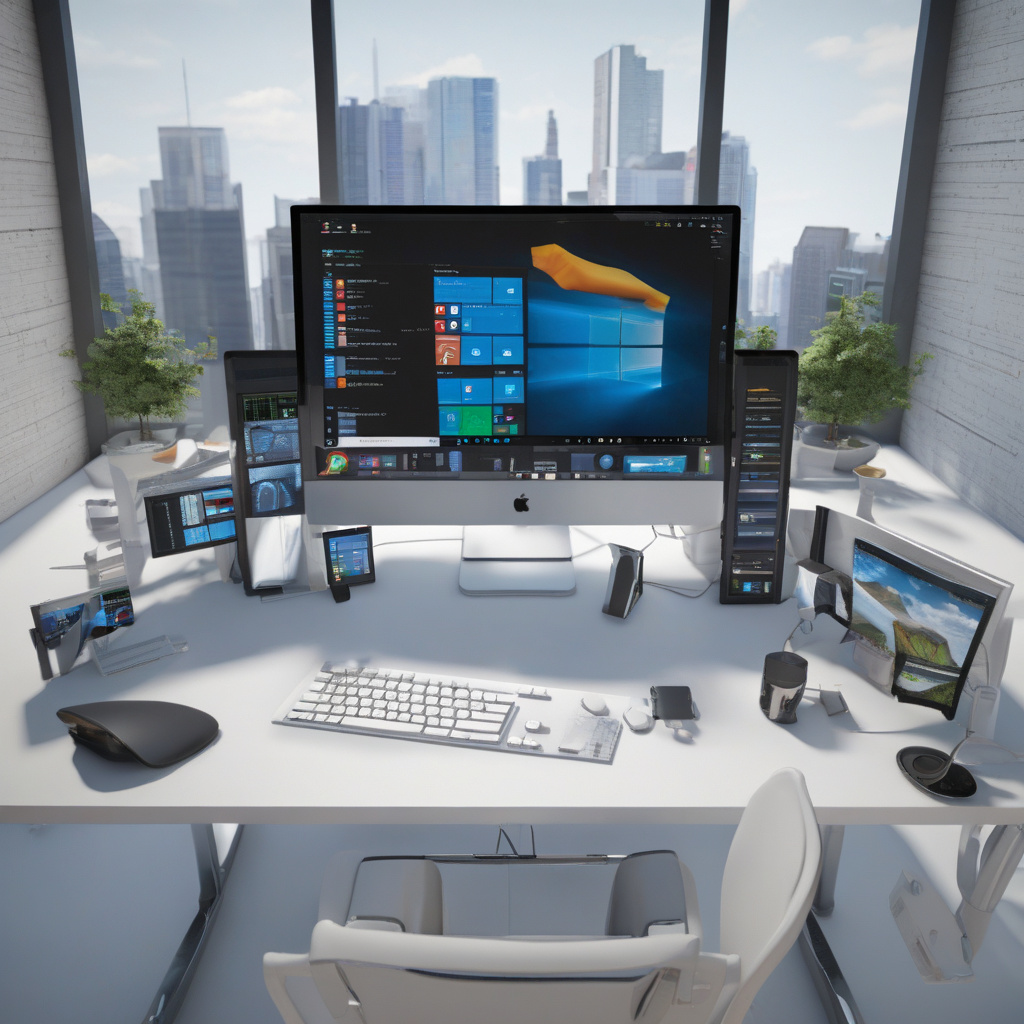10 Bad Default Settings You Need to Change in Windows
A modern Windows PC may seem ready to go out of the box, but some default settings can hinder performance and security. Here are ten settings you should tweak right away to optimize your Windows experience.
#### Windows Default #1: Wrong Power Mode
Windows 11’s default power mode may not prioritize performance on high-performance desktops or laptops. Adjusting this setting can significantly enhance your system’s speed and responsiveness.
#### Windows Default #2: Low Refresh Rate
Windows often defaults to a 60Hz refresh rate, limiting the visual experience on both desktop PCs and laptops. Increasing the refresh rate can deliver smoother graphics and a more enjoyable viewing experience.
#### Windows Default #3: Hidden Extensions
Enabling file extensions is crucial for security, allowing you to differentiate between legitimate files and potential threats. Ensure file extensions are always visible to maintain a secure computing environment.
#### Windows Default #4: Browser Data Access
Prevent Edge from automatically importing data from other browsers to safeguard your privacy. Take control of your browser settings to ensure your data remains secure and confidential.
#### Windows Default #5: Bing, Bing, Everywhere
Customize your search preferences to avoid unwanted web searches in the Start menu. By adjusting settings or exploring alternative launchers, you can streamline your search experience to fit your preferences.
#### Windows Default #6: HDR Mistakes
Activate HDR settings on compatible displays to enhance your viewing experience. Calibration tools can help fine-tune HDR settings for optimal visual performance on Windows 11.
#### Windows Default #7: OneDrive Aggression
Manage OneDrive settings to control folder syncing and prevent unwanted data transfers to the cloud. Take charge of your data storage options to align with your preferences and needs.
#### Windows Default #8: Taskbar and Start Mess
Customize the taskbar, Start menu, and Widgets pane to personalize your Windows experience. Unpin unnecessary items and adjust settings to create a cleaner and more efficient workspace.
#### Windows Default #9: Ad Overload
Reduce the abundance of advertisements across Windows by following a guide to disable ads in various locations. Minimize distractions and streamline your user experience by eliminating unnecessary ads.
#### Windows Default #10: Disappointing App Selection
Explore alternative apps to replace default Windows applications and enhance your productivity. Upgrade to free, feature-rich tools to optimize your workflow and maximize your Windows experience.
By adjusting these ten default settings in Windows, you can tailor your operating system to suit your preferences and maximize performance. Embrace customization to unlock the full potential of your Windows PC.
For more expert tips and insights on Windows optimization, sign up for our free Windows Intelligence newsletter today!

